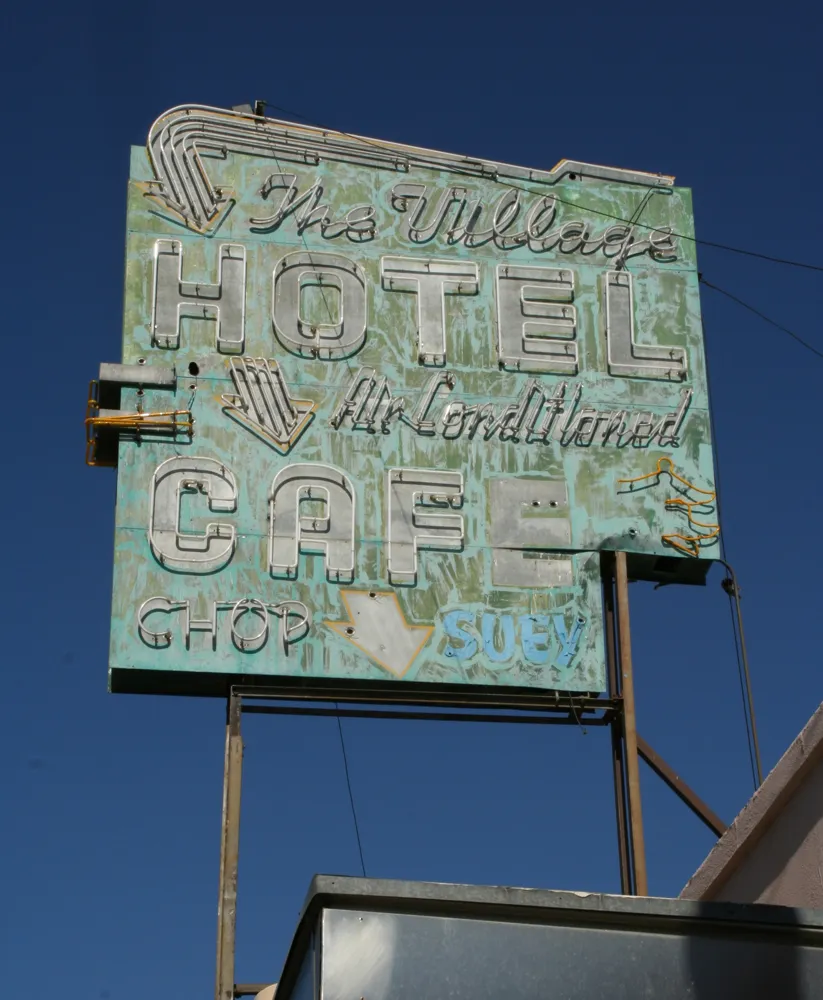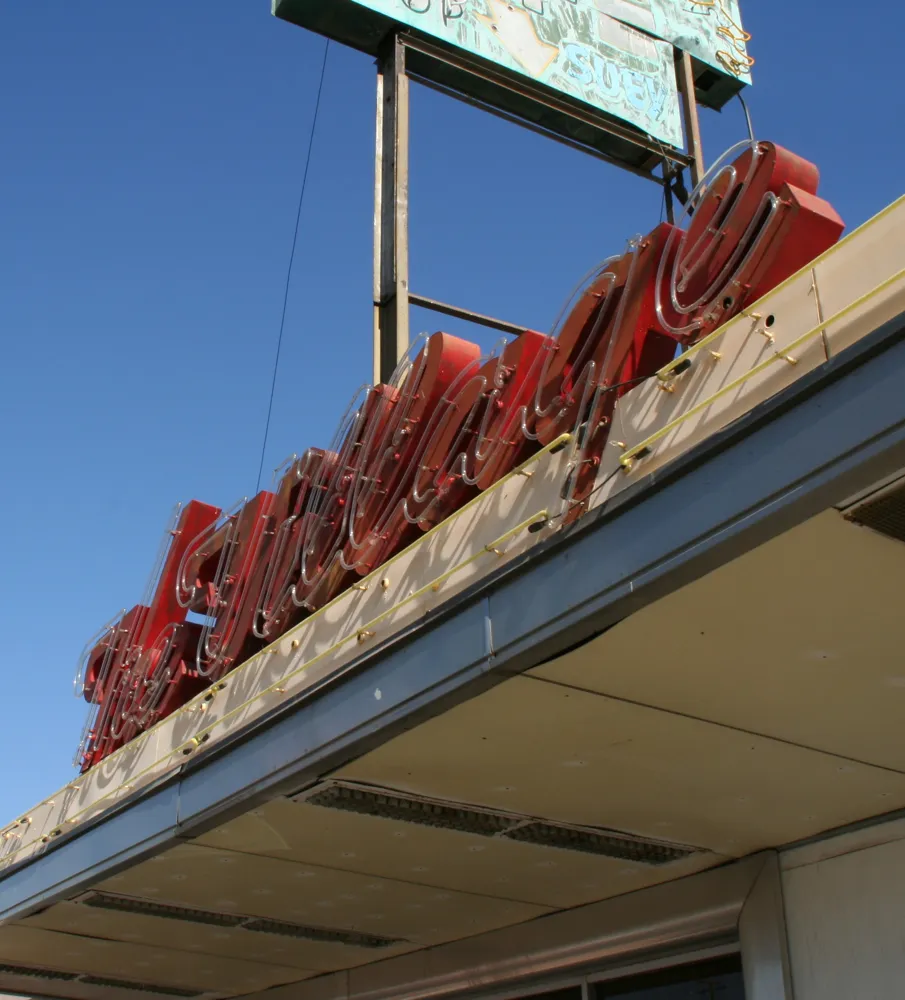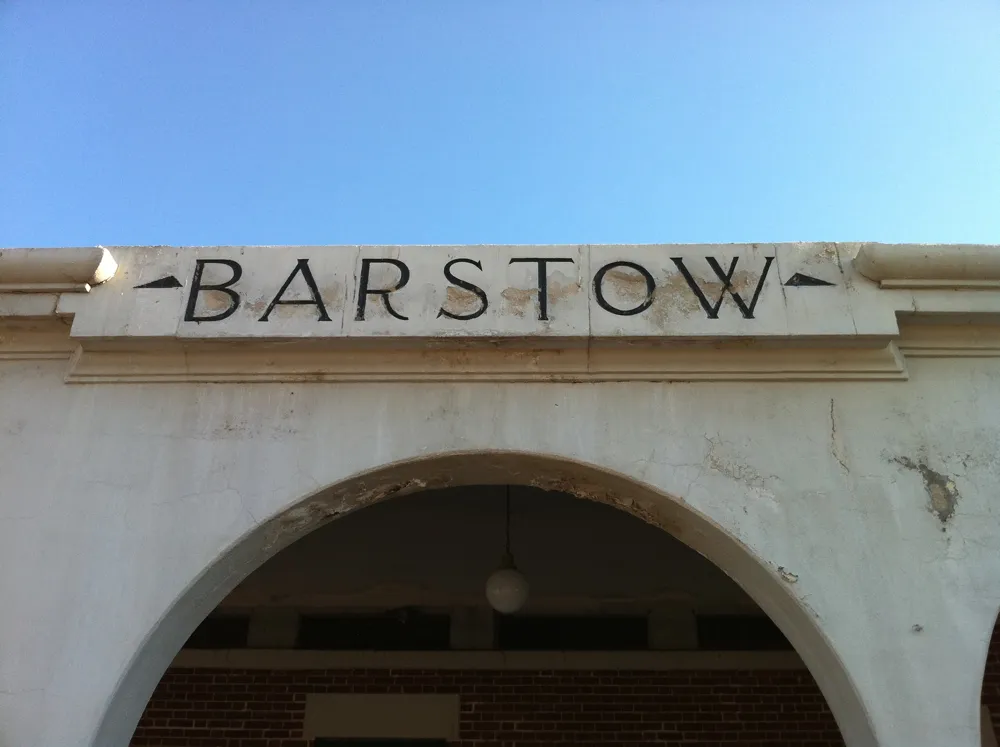Mark’s Notebook - Page 17
One more follow up on the item I posted last week, in which I mentioned my uncle Knut who worked as a designer at Container Corporation of America…. After I posted that, Knut sent me a photo of the cookie package he designed:
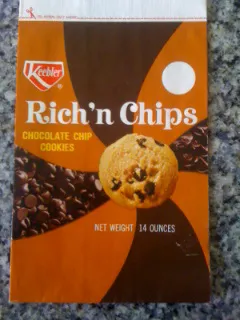
This was (I believe) one of the first packages for Keebler chocolate chip cookies, and my uncle’s first printed package design. It debuted in July 1967. It seems so tasteful and restrained compared to the modern equivalent.
I was very impressed by this as a budding artist. It put into my mind the notion that, if you were good, your work could be seen by millions of people. Definitely something I was attracted to very early on, and probably something a lot of artists and designers can relate to.
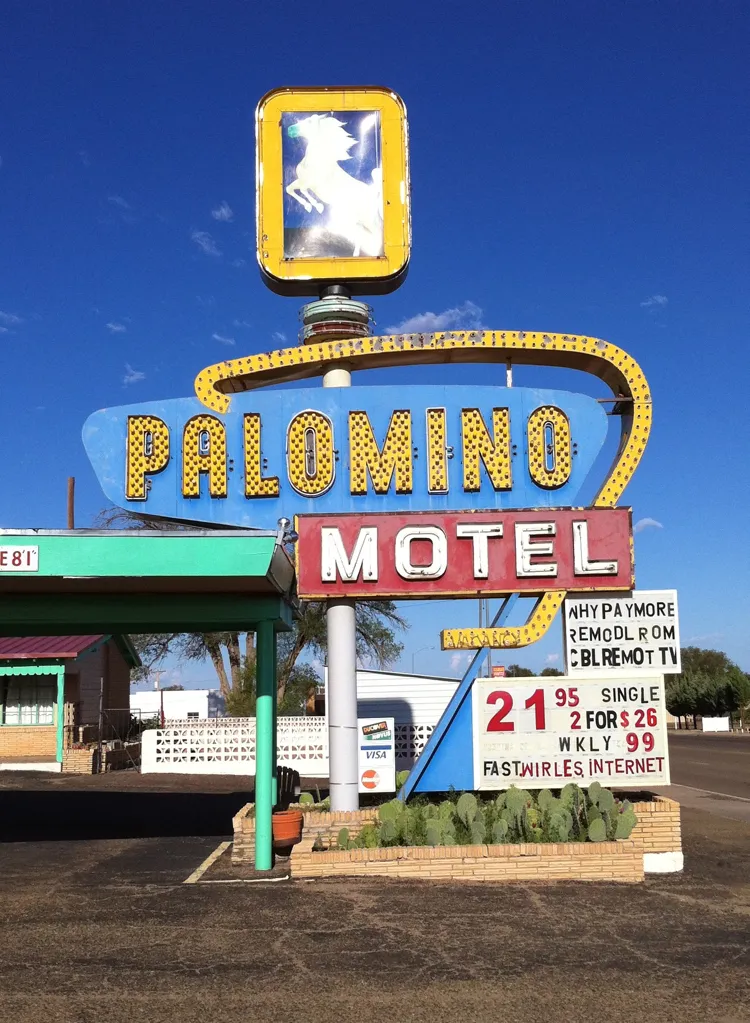
We actually stayed in this motel along historic Route 66 on our way to TypeCon when it was in Los Angeles in 2010. The sign was definitely part of the appeal. Not the best place I’ve ever stayed. But really, what can you expect for $26 per night? On the other hand—free WiFi!
Shot in Tucumcari, New Mexico, on August 14, 2010.
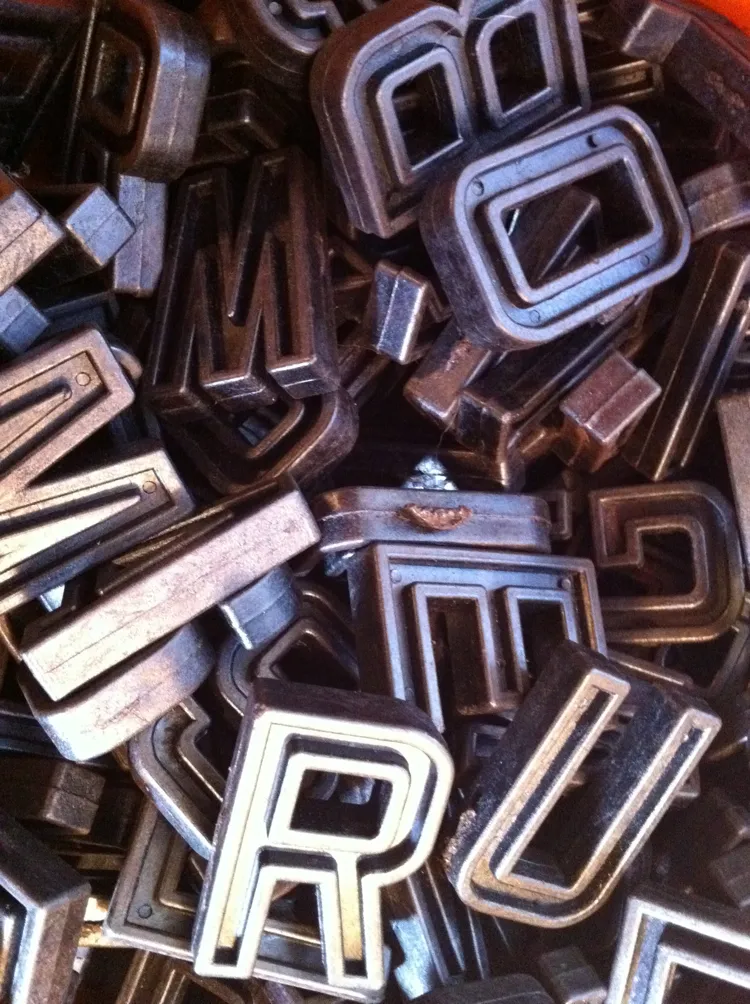
Seen in an antique store in Mount Vernon, Iowa, October 23, 2010.
While looking for some obscure typographical thing this morning, this ad in a 1955 ATF (American Type Founders) catalog caught my eye:

I have several boxes like the ones shown in the photo. I acquired them with a bunch of other stuff some years ago when the University of Minnesota Journalism School revamped its graphics lab. Here’s one of them:

The silk-screened label is beautiful:
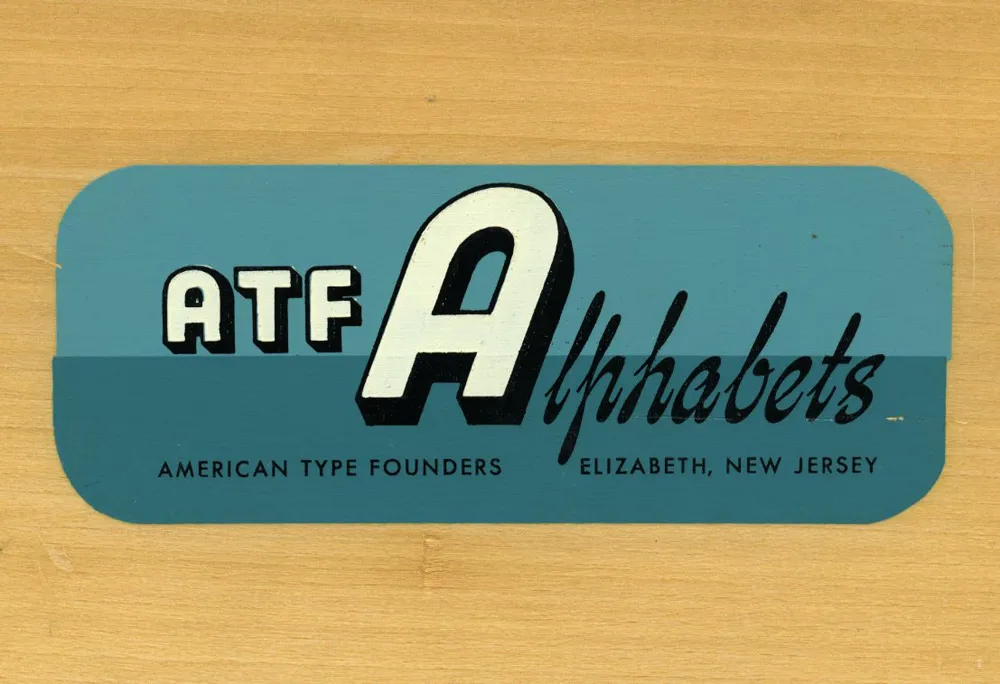
It’s too bad I don’t have any of the type sample cards they were designed to hold. “Here’s something you will want!” Still true, even in 2012.
Postscript: An Etsy page with photos of what went in these boxes. Thanks to Joel for the link, and thanks to Kathy for sending me a complete set of the cards.
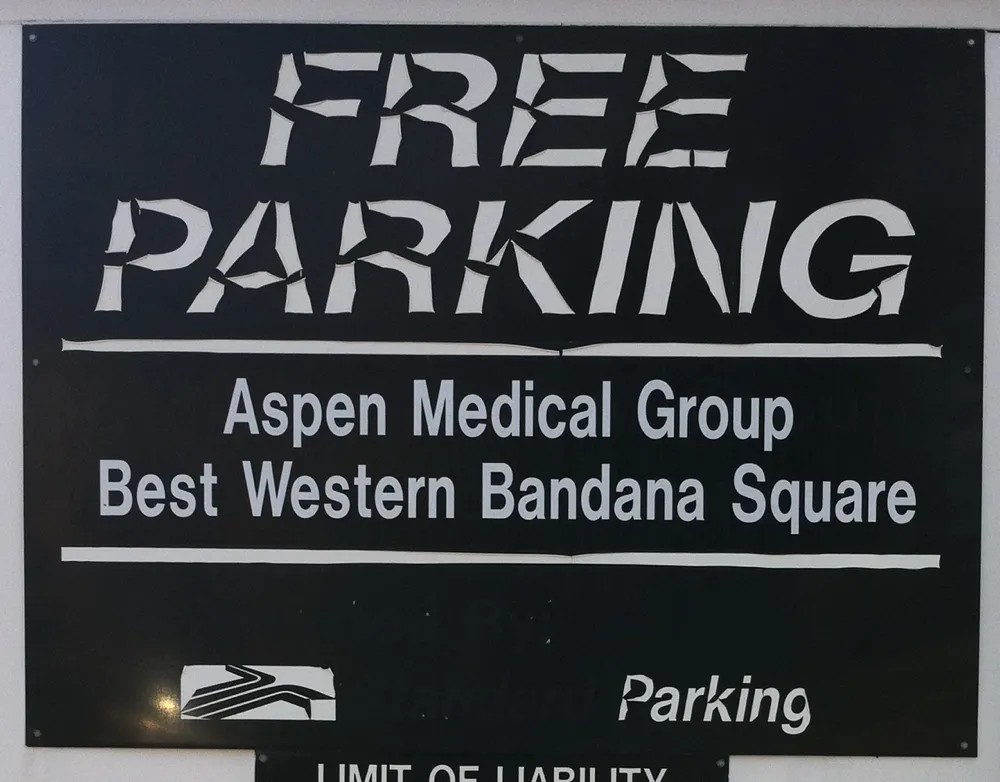
This is either really cool or really sad. I can’t make up my mind.
Seen in Saint Paul, Minnesota, November 3, 2010.

